Splunk: Navigating the Digital Landscape with Data-Driven Insights
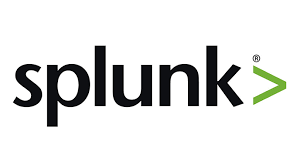
In the fast-paced digital landscape, safeguarding digital assets while staying agile is a pressing challenge. As cyber threats evolve and digital operations become complex, a unified platform with real-time visibility, advanced analytics, and seamless collaboration is essential. Splunk’s dedication to innovation and building safer digital ecosystems makes it a crucial partner in the realm of cybersecurity and operational intelligence.
I. A Journey of Innovation
Splunk’s journey began with a mission to solve complex problems in digital infrastructures. From its inception in 2003, the company has been committed to providing organizations with the tools they need to make sense of the ever-increasing amount of machine-generated data. Splunk’s name itself, derived from the word “spelunk,” reflects its exploratory spirit – diving deep into data to uncover valuable insights.
Splunk The Unified Security and Observability Platform
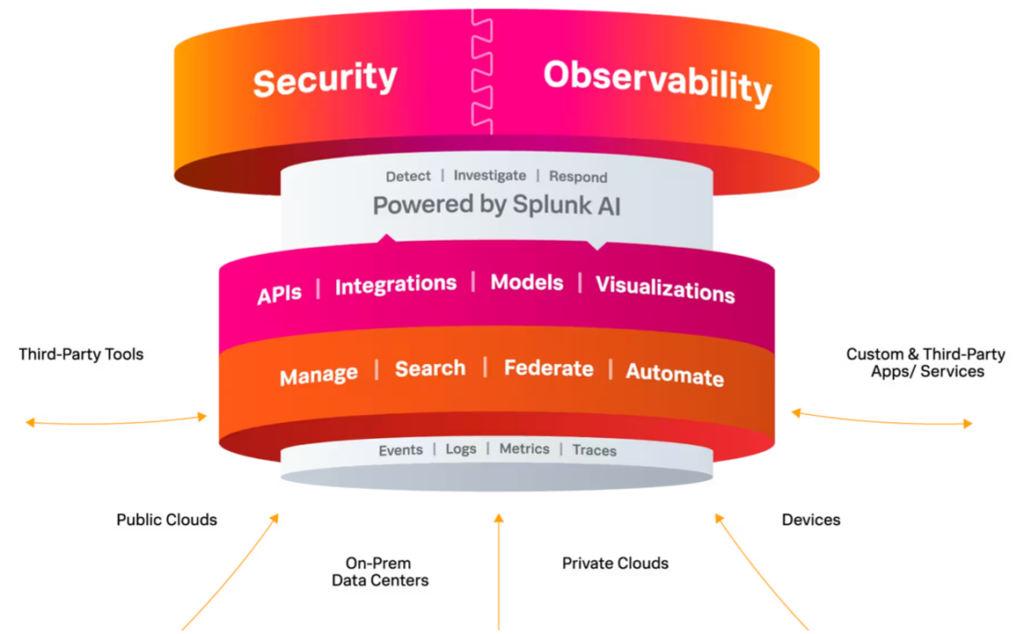
Splunk’s Unified Security and Observability Platform, Explore data of any type and value no matter where it lives in your data ecosystem Drive business resilience by monitoring, alerting and reporting on your operations. Create custom dashboards and data visualizations to unlock insights from anywhere in your operations center, on the desktop, in the field and on the go. Use data from anywhere across your entire organization so you can make meaningful decisions fast.
II. Key Features and Capabilities
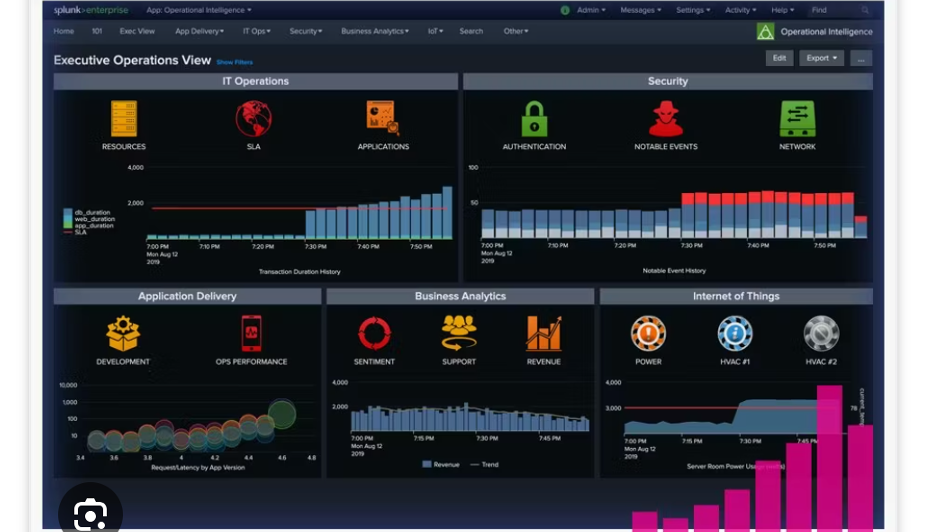
1. Real-Time Visibility: The platform delivers real-time visibility into an organization’s entire IT environment, encompassing applications, infrastructure, and security posture. This means that security incidents, performance bottlenecks, and operational issues can be pinpointed as they transpire.
2. Advanced Analytics: Splunk’s robust analytics capabilities empower organizations to detect anomalies, threats, and patterns in their data. Harnessing the prowess of machine learning and artificial intelligence, Splunk provides predictive insights, enabling teams to stay ahead of potential issues.
3. Security Information and Event Management (SIEM): The platform includes SIEM functionality, enabling organizations to effectively monitor and respond to security events. Suspicious activities are promptly flagged, investigated, and remediated.
4. DevOps and IT Operations: DevOps teams benefit from observability features that facilitate the optimization of application performance and swift troubleshooting. Simultaneously, IT operations teams gain insights into system performance, ensuring reliability and scalability.
5. Compliance and Reporting: The platform supports organizations in meeting regulatory compliance requirements by offering comprehensive reporting and auditing capabilities, a critical necessity for industries subject to stringent data protection and privacy regulations.
III. Benefits of a Unified Approach
By bringing security and observability together in a unified platform, Splunk offers several key advantages:
1. Faster Incident Response: Security incidents can be detected and responded to more rapidly when teams have real-time visibility into both security events and system performance.
2. Improved Collaboration: Collaboration between security and observability teams becomes seamless, leading to better communication and a shared understanding of the organization’s digital environment.
3. Cost Efficiency: A unified platform reduces the need for multiple, disparate tools, streamlining operations and reducing costs.
4. Enhanced Decision-Making: With a holistic view of their digital operations, organizations can make data-driven decisions that positively impact both security and performance.
5. Future-Ready: As IT environments continue to evolve, a unified platform ensures organizations remain agile and adaptable, regardless of changes in technology or threats.
IV. Use Cases Across Industries for Value Creation
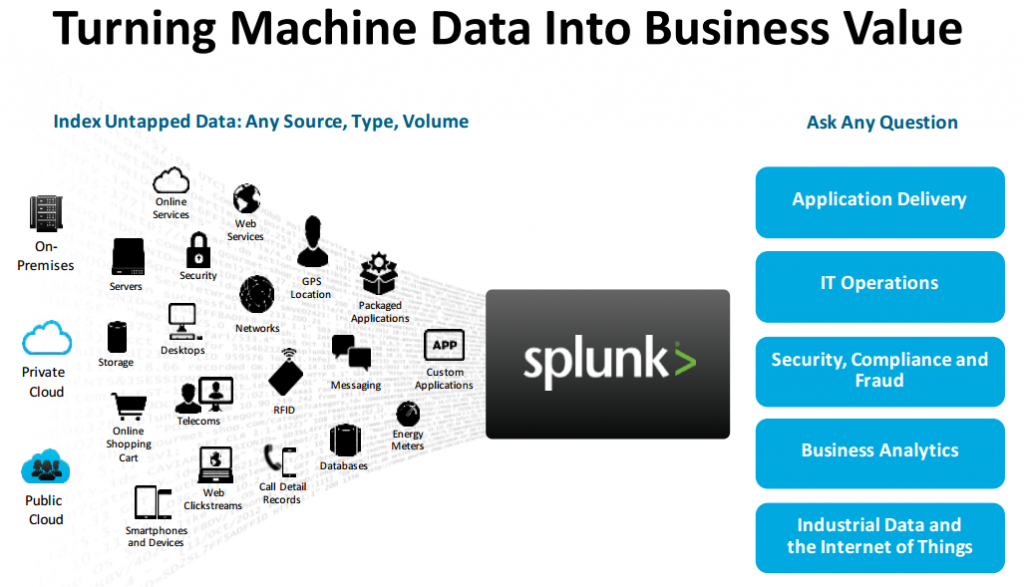
1. Security: In an age where cybersecurity threats are constantly evolving, organizations rely on Splunk’s solutions to monitor their IT infrastructure and identify potential security breaches in real-time. The platform’s machine learning and AI capabilities help detect anomalies and automate threat responses.
2. IT Operations: IT teams use Splunk to gain insights into the performance of their systems and applications. This proactive approach allows them to detect and resolve issues before they impact business operations.
3. Business Analytics: Splunk’s analytics tools provide organizations with a deeper understanding of their customers, enabling data-driven decisions that drive growth and innovation.
4. Application Delivery Optimization: A leading e-commerce platform used Splunk to improve application delivery and user experiences by monitoring real-time website performance and user interactions, resolving issues, reducing latency, and boosting customer satisfaction and conversion rates.
5. Industrial IoT Data Analytics: In the industrial sector, a manufacturing company employed Splunk to leverage Industrial Internet of Things (IoT) data. They collected data from sensors and machinery to gain insights into equipment performance, predictive maintenance, and production efficiency. Splunk’s machine learning predicted equipment failures, minimized downtime, cut costs, and enhanced productivity.
V. Open-Source Community & its Challenges
While Splunk’s core products aren’t open source, the company strongly supports the “open source community” acknowledging its self-governing nature. Splunk actively engages by reporting issues, making code commits, and sharing knowledge. In these communities, the belief prevails that if a feature is needed or desired by enough individuals, it will naturally emerge. This commitment benefits both vendors and customers, fostering innovation and collaboration within the open source ecosystem.
Integrating open-source platforms with Splunk might pose some challenges, like requiring extra investments. Additionally, many open-source projects lack clear central leadership and governance structures, which can sometimes lead to disagreements regarding the project’s direction and decision-making.
VI. Challenges when adopting Splunk
1. Data Complexity and Scalability Issues
Splunk’s primary function is to analyze vast amounts of data from different sources, but managing this complex data can become cumbersome. As data grows, performance can degrade, leading to longer search times and reduced functionality.
2. High Costs of Licensing and Resource Consumption
Splunk’s pricing model is primarily based on daily data ingestion, which can become expensive for organizations dealing with extensive data streams. Additionally, the system requires significant computational resources, which can further drive up costs.
3. Difficulty in Managing Security Threats
Although Splunk offers advanced tools for monitoring security, the sheer volume and complexity of data can make it difficult to identify and respond to threats in real-time.
4. Ineffective Anomaly Detection and False Positives
Traditional rules-based anomaly detection can generate numerous false positives, requiring manual investigation and potentially leading to missed true threats.
5. Integration Complexity with Various Data Sources
Splunk’s strength lies in its ability to integrate various data sources, but the process of doing so can be complex and time-consuming, often requiring manual configuration and specialized knowledge.
VII. Conclusion
Its journey, from tackling complex digital challenges to becoming a global leader in big data analytics, highlights its unwavering commitment to unleashing the power of data. With a mission to create a safer digital world, Splunk empowers organizations to evolve, innovate, and better serve their customers. As data continues to shape business, Splunk’s dedication to openness, innovation, and collaboration remains the bedrock of its value to customers and the broader community. It’s not just about technology; it’s a steadfast partnership in the dynamic world of data.



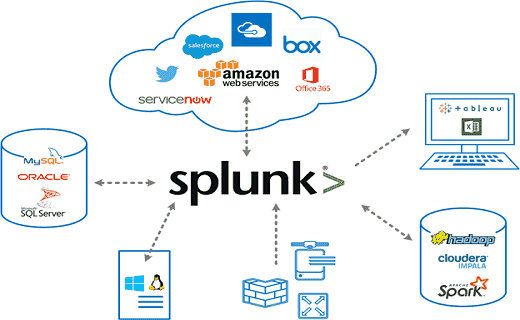
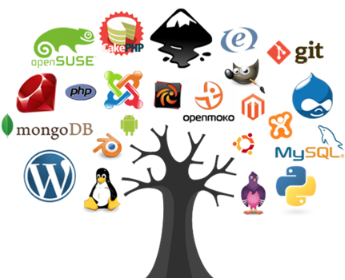
Splunk is a great business, and their recent successful acquisition notwithstanding, they’ve really managed to differentiate themselves in the crowded “data dashboard-as-a-service” space that has been aggressively targeting internal company operations over the last few decades. I think a constant tension facing Splunk (and perhaps the space in general) is whether or not they want their end users to be active, or passive, users of their product.
On one hand, data analytics is great, and Splunk would love nothing more than for people to use Splunk to build dashboards, analyze the data, gain insights, translate them into actions, and repeat the process. However, their customers only have limited bandwidth, and very often, data is ingested…but no one actually looks at them (despite paying for the service).
On the other hand, Splunk can make the argument that it is able to passively monitor the data for anomalies (thus saving companies labor hours), but over time, as the data gets stale and customers are no longer creating new dashboards, Splunk’s value prop also decreases.
I’m hopeful that Splunk (or now Cisco) can use their internal data analytics to figure out a way to walk this tightrope effectively, but in any case, great writeup on a company that truly uses big data at the very core of the company.